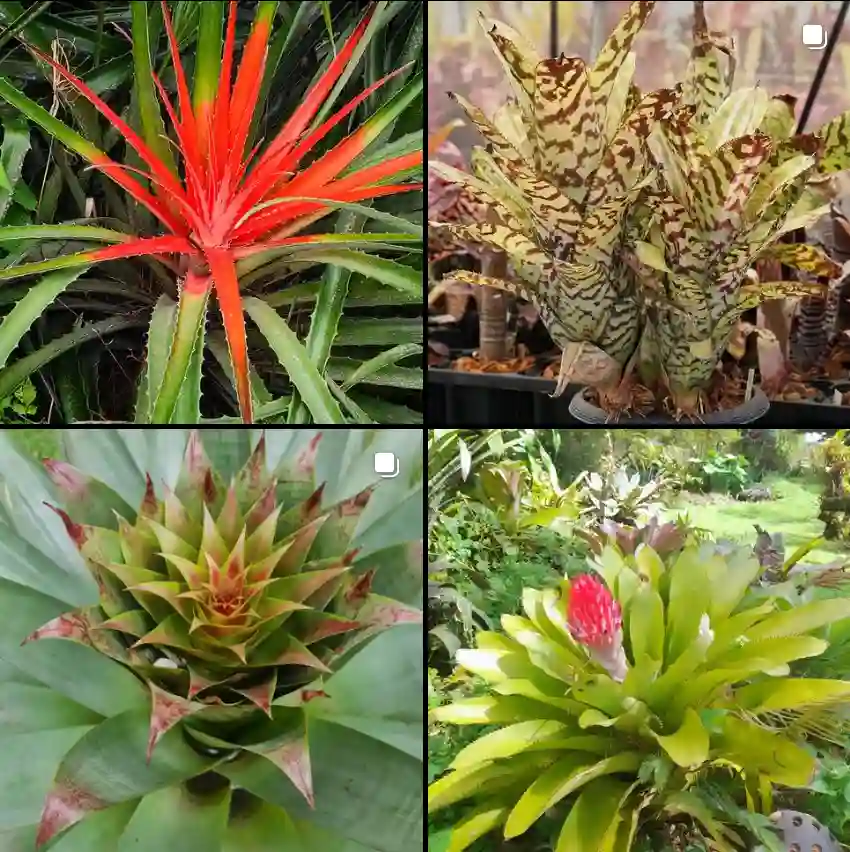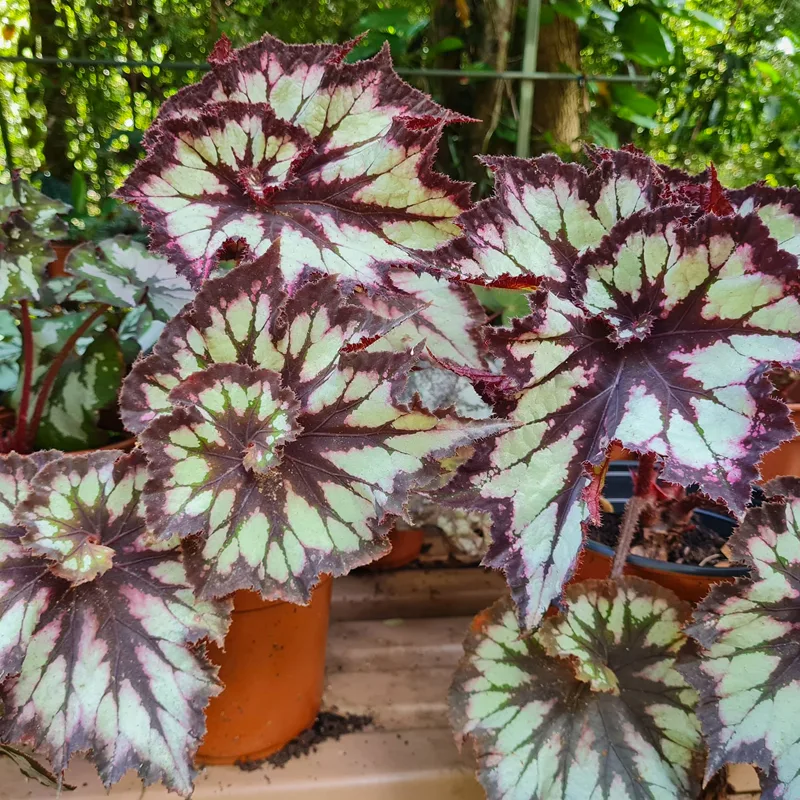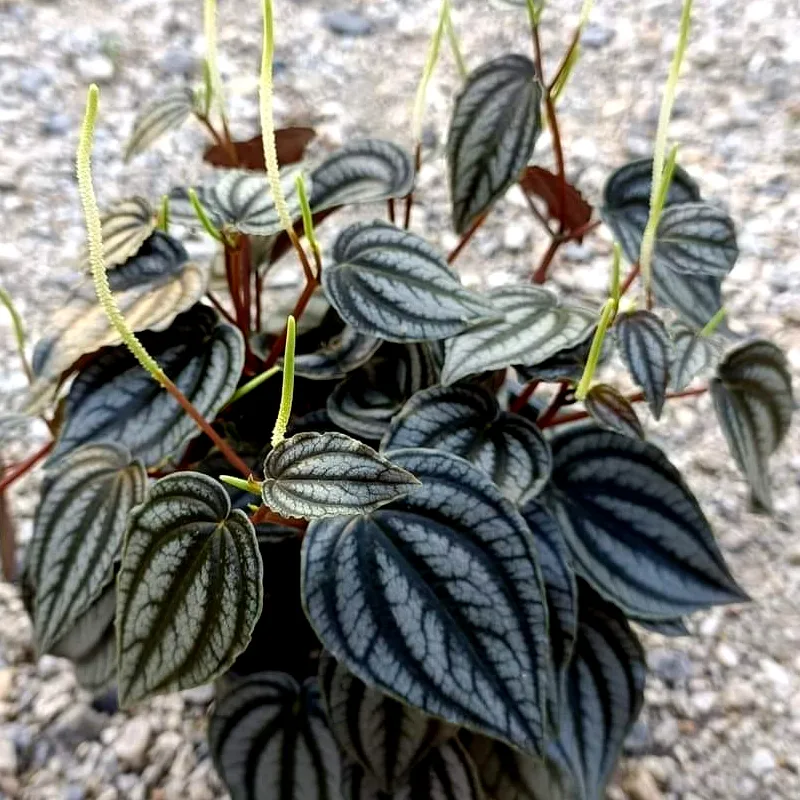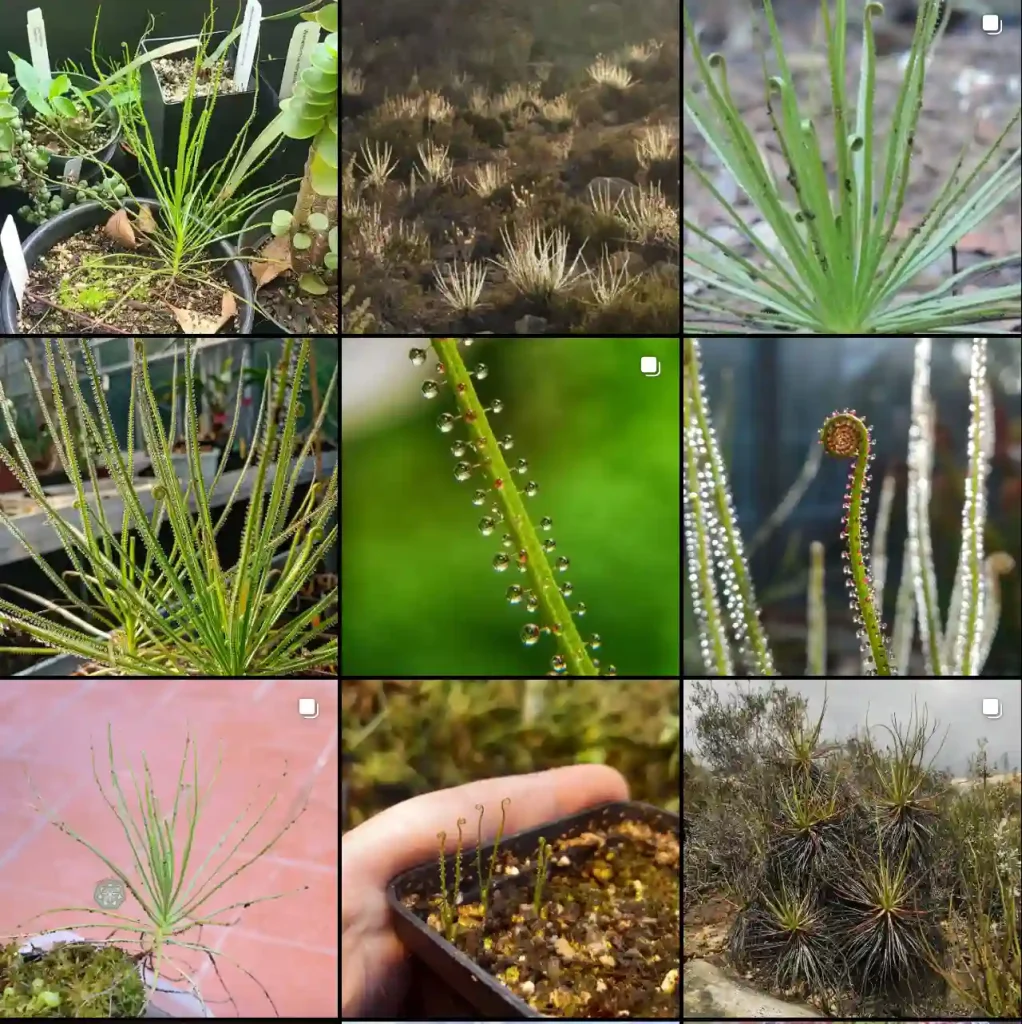FAQs About Eriogonum Crocatum
When I first stumbled upon Eriogonum Crocatum, I was intrigued by its vibrant orange blooms and unique growth habits. This plant, also known as the Croton Buckwheat, is a gem in the gardening world, but it’s not always well understood. Here’s a deep dive into some frequently asked questions I’ve encountered about this fascinating plant.
258 Species in Genus Eriogonum
What is Eriogonum Crocatum?
Eriogonum Crocatum is a species of flowering plant in the buckwheat family, Polygonaceae. Native to the western United States, particularly California, this plant is known for its striking orange flowers that bloom in dense clusters. It is a perennial that thrives in arid conditions, making it ideal for xeriscaping or drought-tolerant gardens.
How to Care for Eriogonum Crocatum?
Caring for Eriogonum Crocatum involves a few key considerations:
- Sunlight: This plant loves full sun. Aim for at least six hours of direct sunlight each day. In less sunny conditions, it may become leggy and produce fewer flowers.
- Soil: Eriogonum Crocatum prefers well-draining soil. Sandy or rocky soils are ideal, as they mimic its natural habitat. Avoid heavy clay or soils that retain too much moisture.
- Watering: As a drought-tolerant plant, it requires minimal watering once established. During the growing season, water sparingly, allowing the soil to dry out between waterings. Overwatering can lead to root rot.
- Temperature: This plant is quite hardy and can handle a range of temperatures, but it thrives in zones 7-10. It can endure some frost but may need protection in severe cold.
- Fertilization: Eriogonum Crocatum doesn’t need much fertilization. A light application of a balanced, slow-release fertilizer in early spring can be beneficial, but it’s not strictly necessary.
How to Propagate Eriogonum Crocatum?
Propagating Eriogonum Crocatum can be done through seeds or cuttings:
- Seeds: Start seeds indoors about 6-8 weeks before the last frost. Sow them in a well-draining seed mix and keep them moist but not soggy. Once seedlings are established and the danger of frost has passed, transplant them outdoors.
- Cuttings: Take semi-hardwood cuttings in late summer or early fall. Dip the cut ends in rooting hormone and plant them in a well-draining mix. Keep the cuttings in a warm, sunny location until roots develop.
What to Plant With Eriogonum Crocatum?
Eriogonum Crocatum pairs well with other drought-tolerant and low-water plants. Consider these companions:
- California Poppies (Eschscholzia californica): Their vibrant orange flowers complement the color of Eriogonum Crocatum.
- Lavender (Lavandula spp.): Lavender’s aromatic foliage and purple flowers contrast beautifully with the orange blooms of Eriogonum Crocatum.
- Sages (Salvia spp.): Various sage species, especially those with silver or gray foliage, create a pleasing color contrast and provide additional drought tolerance.
Is Eriogonum Crocatum Toxic?
No, Eriogonum Crocatum is not known to be toxic to humans or animals. It’s generally considered safe to grow in gardens where pets or children might be present. However, as with all plants, it’s wise to prevent ingestion of large quantities to avoid any potential digestive upset.
Benefits and Common Problems
Benefits:
- Drought Tolerance: Its ability to thrive in dry conditions makes it an excellent choice for xeriscaping.
- Low Maintenance: Once established, it requires minimal care, which is great for busy gardeners.
- Pollinator Friendly: The bright orange flowers attract pollinators like bees and butterflies, adding life to your garden.
Common Problems:
- Overwatering: The most common issue is overwatering, which can lead to root rot. Ensure good drainage and only water when necessary.
- Pests: Although generally pest-resistant, watch for aphids or spider mites, particularly in dry conditions. Regular inspection and occasional insecticidal soap applications can manage these pests.
Compare with Similar Plants
If you’re considering Eriogonum Crocatum, you might also look at these similar plants:
- Eriogonum Grande var. Rubescens: Also known as the Red Buckwheat, this variety features red flowers and similar care requirements.
- Eriogonum Umbellatum: Known as the Sulfur Flower Buckwheat, it has a more yellowish flower but shares the same drought-tolerant qualities.
Each of these species offers unique attributes but shares the core characteristics of resilience and minimal water needs. Choosing the right one depends on your specific garden conditions and aesthetic preferences.
In summary, Eriogonum Crocatum is a standout choice for drought-tolerant gardens. Its vibrant blooms and low maintenance requirements make it a worthwhile addition to any landscape. Understanding its care needs and potential problems will help you make the most of this striking plant.
If i die, water my plants!



